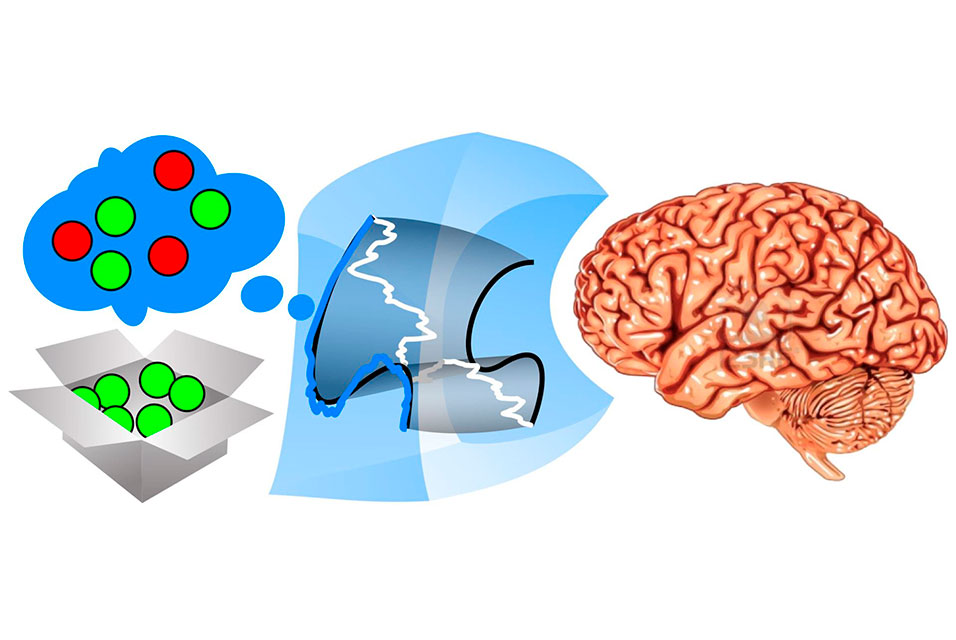CHICAGO, IL.- One of the key challenges in developing effective cancer treatments is how different cancer cells are. This variation makes it difficult for the immune system to recognize and actively fight against tumors. Now, however, new advances in nanotechnology are making it possible to deliver targeted, personalized “vaccines” to treat cancer.
Published in Science Advances, a new study by
University of Chicago scientists demonstrates a new approach that delivers a one-two punch against cancer cells: using tiny metal-organic frameworks to generate X-rays that kill cancer cells directly, while also boosting the body’s immune system to recognize the tumor cells. By combining these two approaches into one easily administered “vaccine,” this new technology may provide the key to better local and systemic treatment of difficult-to-treat cancers.
In a collaboration between the Lin Group in the University of Chicago Department of Chemistry and the Weichselbaum Lab at University of Chicago Medicine, the research team combined expertise from inorganic chemistry and cancer biology to tackle the challenging problem of properly targeting and activating an innate immune response against cancer.
They leveraged the unique properties of nanoscale metal-organic frameworks, or nMOFs—nanoscale lattice structures that are capable of infiltrating tumors.
These nMOFs can be irradiated with X-rays to generate high concentrations of free oxygen radicals, killing the cancer cells directly and producing antigens and inflammatory molecules that help the immune system recognize and clear cancerous cells—much like a vaccine. Their lattice-like structure also makes nMOFs ideal transporters for delivering anti-cancer drugs directly to tumors. Thus far, however, it has been difficult to activate innate and adaptive immune responses necessary for eliminating cancerous tumors.
In this new study, the researchers fine-tuned their approach even further. This time, they generated a new type of nMOF structure that could be loaded with drugs known as PAMPs (pathogen-associated molecular patterns), which can activate the immune response against tumor cells.
Now, when the nMOFs were applied to cancerous tumors, irradiating the tissue had a double effect: it triggered the nMOFs to kill local cancer cells to produce antigens against the tumor and released the PAMPs, which then triggered a much stronger activation of the immune response to the tumor antigens. This one-two punch was capable of killing both colon and pancreatic cancer cells with high efficacy, even in tumor models that are highly resistant to other kinds of immunotherapy.
In further experiments with mice, the investigators saw they could extend the effects of the nMOFs even to distant tumors with the application of immunotherapy drugs called checkpoint inhibitors, providing new hope for treating cancer both locally and systemically with this approach.
“By including PAMP delivery with the nMOFs, this is the first time we were able to really enhance the immune response to the antigens,” said senior author Wenbin Lin, the James Franck Professor of Chemistry at UChicago. “This is entirely different from all of our previous studies because we’ve shown that the nMOFs plus PAMPs can impact all of the aspects required for activating the immune system. We can use this nanoformulation to enable personalized cancer vaccinations that will work on any patient, because this strategy will not be subject to the heterogeneity we see among different patients.”
The effects of the treatment were so pronounced that the researchers are eager to bring the technology to clinical trials, where other versions of the nMOF technology are already being tested, with promising results thus far.
“The brilliance of this system is twofold,” said co-author Ralph Weichselbaum, the Daniel K. Ludwig Distinguished Service Professor of Radiation and Cellular Oncology and chair of the Department of Radiation and Cellular Oncology at UChicago. “First, it can improve local tumor control by increasing the killing power of X-rays. Second, while there has been interest in using radiation to stimulate the immune response to fight cancer, it has turned out to be harder than we thought. In this case, the nMOFs are able to activate the innate and adaptive immune systems, which makes this technology very promising for treating cancer in the clinic.”
Already looking ahead to next steps, the investigators are working on refining the technology. “We’re refining the design of the nMOF and its delivery of the PAMPs, in preparation for testing it in humans,” said Lin. “We’re really working on zooming in on the best formulation so we can get this into clinical trials, hopefully in the next two to three years, or even sooner.”
The team credits the interdisciplinary and collaborative nature of UChicago and University of Chicago Medicine’s Hyde Park campus for creating a space where chemistry and cancer biology have combined to produce such a promising potential therapy, as well as the support they’ve received from Ludwig Cancer Research along the way.
“From the conception of this project and getting it funded to starting with clinical trials where we’re able to test the technology in clinical trials and get real patient data, this work has all been done right here at UChicago,” said Weichselbaum. “We really are going from discovering something in the lab to testing it at the bedside.”
Additional authors include Kaiyuan Ni, Guangxu Lan, Nining Guo, August Culbert, Taokun Luo and Tong Wu of the University of Chicago.
Funding: National Cancer Institute, U.S. Department of Defense, University of Chicago Medicine Comprehensive Cancer Center, Ludwig Institute for Metastasis Research.










